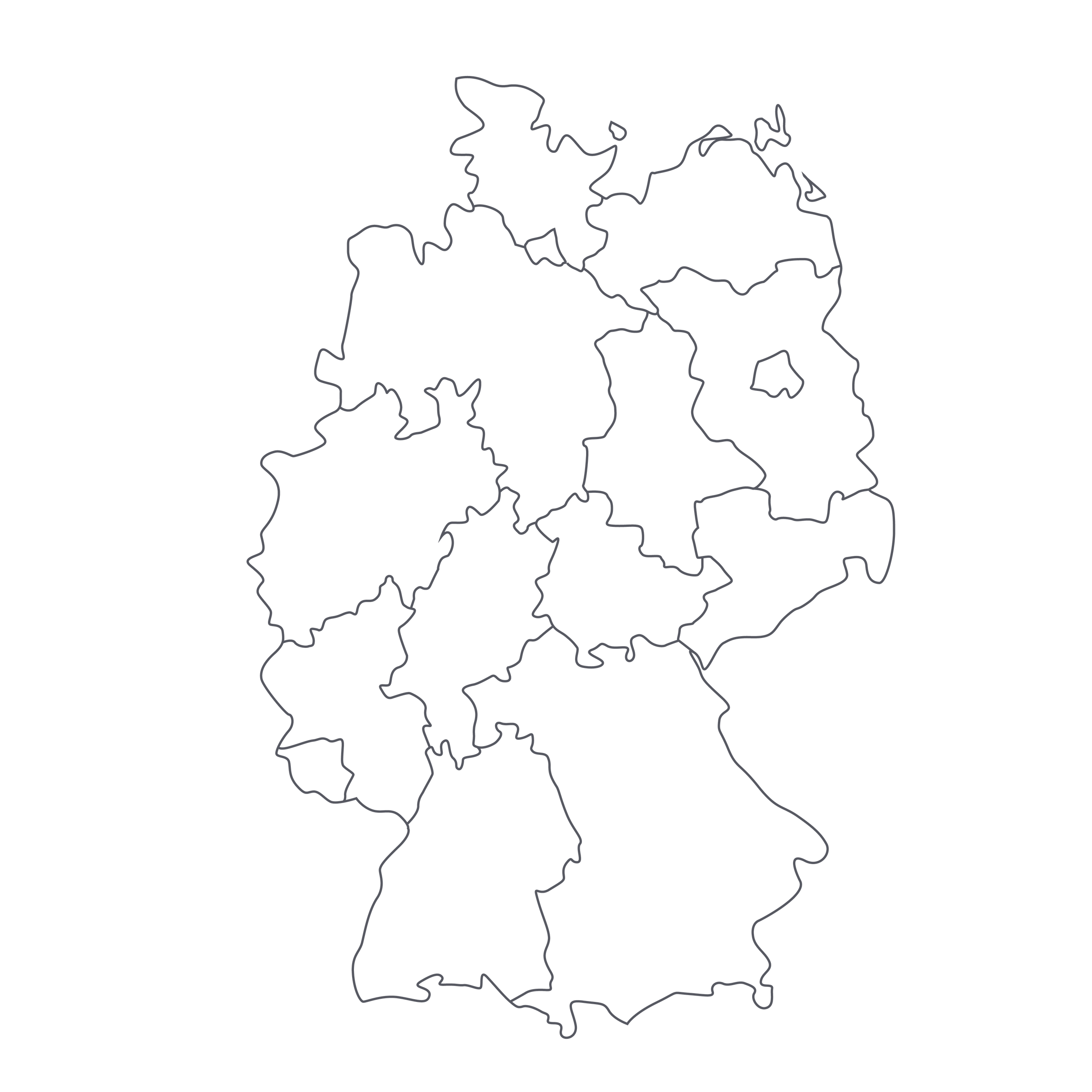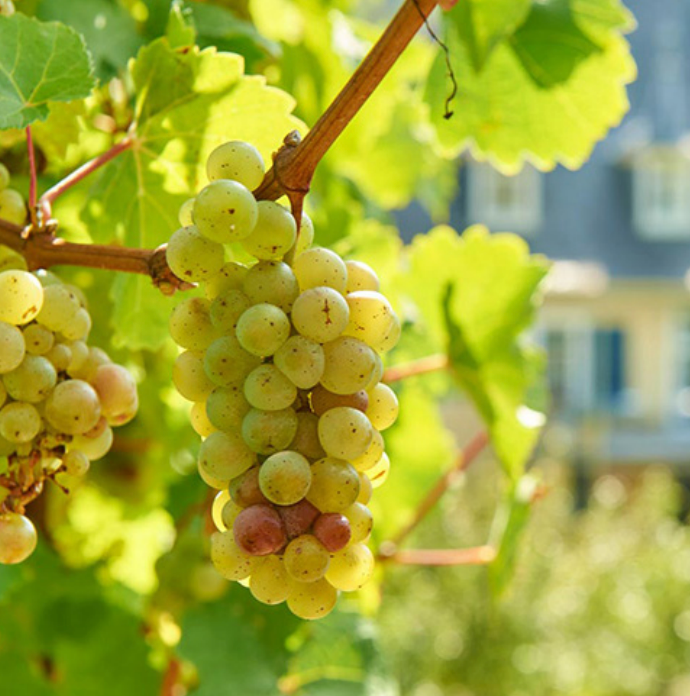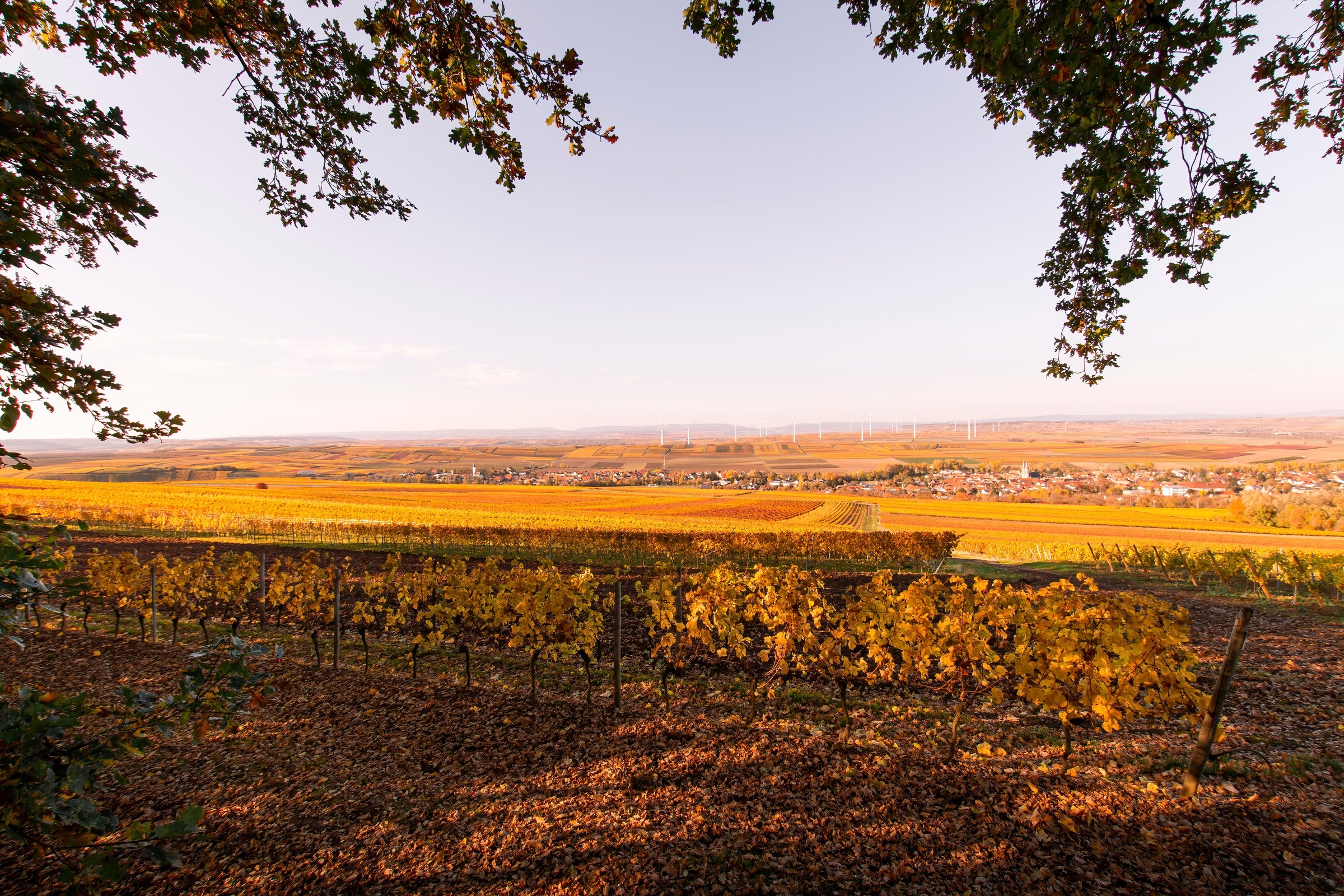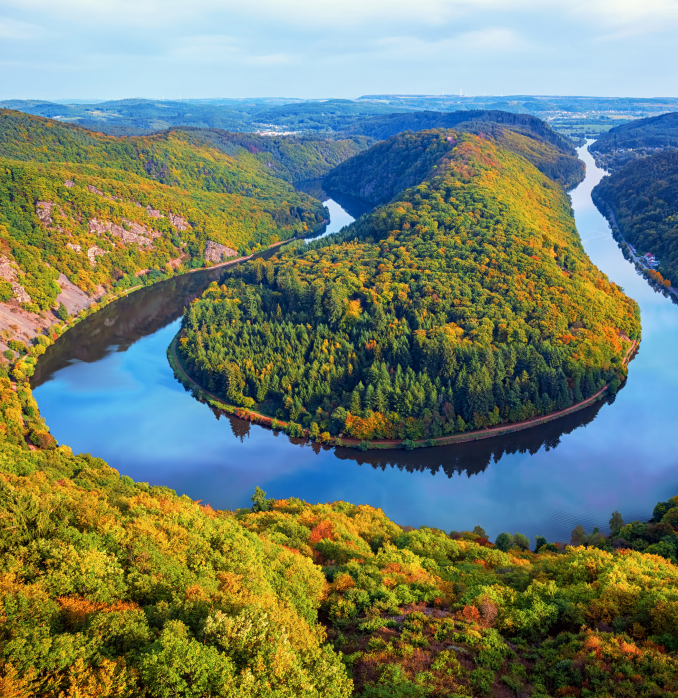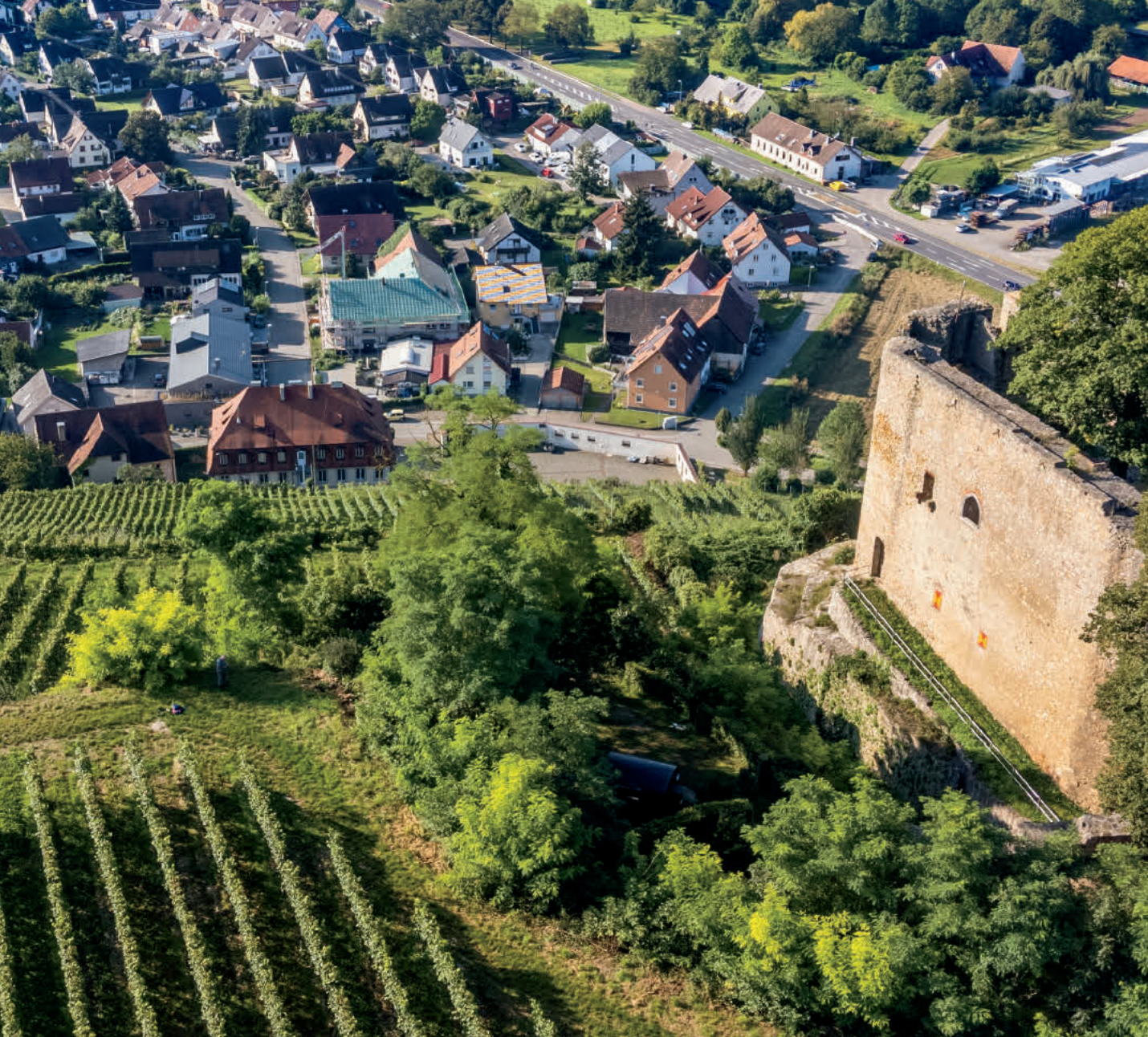When renowned importer Terry Theise speaks about Riesling, you listen, and the praises he sang for Dönnhoff in 2018 were otherworldly. He boasted that today’s Leistenberg Kabinett “shows every conceivable virtue of great German Riesling” and further referred it to a “tiny diamond of greatness.” Overall, out of the hundreds, if not thousands, of wines he tried this year, he named today’s bottle “Wine of the Vintage.”
It’s a lot to unpack for just one bottle, but the moment it hit our table, we confirmed (and perhaps added to) it all. Over the years, the prestige and desirability of Dönnhoff has skyrocketed to the point where they rank as the top producer of their region and are constantly vying for the undisputed Riesling Champion of Germany as a whole. Today’s “Leistenberg,” a Grand Cru vineyard, is an explosively mineral, downright delightful Riesling with a kiss of sweetness. For the price, it offers one of the greatest values on the market. Those that know the respected Dönnhoff name already have their cart brimming, but for any newcomers, don’t be shy—we’re happy to encourage case purchases that can be savored on your own time, be it this summer or over the next two decades! That’s the beauty of classic off-dry Riesling from a historic, cult-status name.
“I make wines for myself, not for the market,” says owner Helmut Dönnhoff, whose mineral-driven, classically-styled wines constantly deliver profound depth and equilibrium. I truly believe—whether you enjoy dry or sweet, white or red, light- or full-bodied—that today’s offer is for everyone. Dönnhoff’s off-dry Riesling provides a dazzling array of ripe fruit and seamless acid that perfectly complements the touch of sugar. But the sweetness here is more like an undercover agent for the wine—fully integrated and extremely important. Dönnhoff is the best of the best, providing ample textures and, dare I say a level of intelligence, that most whites miss at several times this price.
About a quarter-millennium ago, the Dönnhoff family arrived in the Nahe. They chose the quaint town of Oberhäusen—which today’s “Leistenberg” vineyard overlooks—to build their farm, where they tended to livestock, vegetables, and grapes. Hermann Dönnhoff (grandfather of current owner, Helmut) officially launched the estate in the 1920s and Helmut took the reins in 1966. At this time, livestock and vegetables were still prevalent—they only had four hectares of vine—but after their extraneous farmland was sold off in 1971, Helmut began focusing on wine. With more than 45 vintages under his belt, Helmut, now joined by his son, Cornelius, have created something grand out of nothing. Decades ago, no one knew the Dönnhoff name. Today, they’ve increased their holdings to 25 hectares—with no further plans of expansion—and are known as the King of Riesling. Quite a feat.
Today’s wine comes from the Grosse Lage (the German equivalent of Grand Cru) vineyard of Leistenberg, just across the river from Brücke and Hermanshöhle, two esteemed sites for Dönnhoff’s top-tier wines. Leistenberg is a southeast-facing slope—the highest peak in the Nahe—with steep inclines that allow for great drainage. Vines range from 15-60 years of age and roots are buried into weathered slate and clay. All vineyards are Certified Sustainable and grapes are harvested by hand. In the winery, a natural fermentation and a brief aging regimen is conducted in a combination of stainless steel and large neutral oak barrels known as stückfass. These whopping 1000-liter barrels have incredibly thick staves that rest outside 7-12 years for “proper seasoning” before being put into rotation. Needless to say, the oak is neutral.
The 2018 “Leistenberg” Kabinett blinds a room with shimmering platinum and neon green reflections that give off a titanic level of exotic aromas. The nose explodes with a powerful core of candied lime peel, white peach, and green mango infused with fragments of salted lemon, citrus blossoms, crushed stones, wet slate, and honeysuckle. A lingering sweetness then instantly blends into the cascade of fruit and earth as a shockwave of powerfully mouthwatering acidity blasts across your palate. As I’ve noted before: At this price, the integration here is in a class of its own. It’s a fashionably clean Riesling that sparks your tastebuds with sweet fruit, crushed rock minerality, and savory undertones. This is a wonderful treat that must be consumed now, but do know it will certainly go the distance—as Helmut previously revealed in a Wine Anorak article, “It is wonderful to drink these wines young and fresh on a warm day. But don’t drink it all in the first two summers after the harvest...I like it in the first two or three years and then after ten.” Take his advice: Buy a case, enjoy a handful now, and forget about the rest. When consuming, do so just below cellar temperature and allow the wine to open up in a Riesling or all-purpose stem for a brief 15+ minutes. My mind immediately went to spicy when enjoying this, so check out the following bulgogi bowl for an elite-level food pairing. Cheers!


